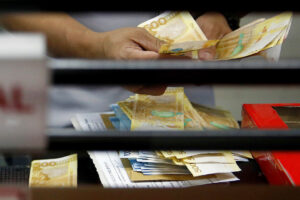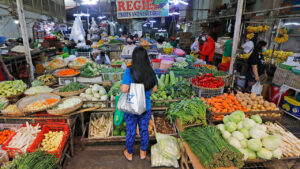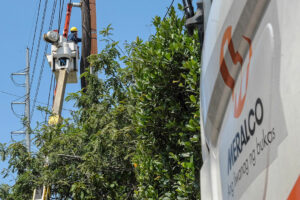THE PHILIPPINES can hit visitor arrivals of 6 million this year, even with its key source markets roiled by currency volatility, Leechiu Property Consultants said.
“I think the Philippines can still book 6 million visitors by year’s end, but of course there are risks,” Alfred Lay, director for hotels, tourism, and leisure at Leechiu, told BusinessWorld.
“Risks for this year are all mainly external, namely the uncertainty in the global economy, airline disruptions, and exchange rate volatility in our top source markets, which can both have positive and adverse effects,” he added.
The Department of Tourism reported that the Philippines booked 5.95 million visitor arrivals last year, well off its target of 7.7 million.
Mastercard Chief Economist for Asia-Pacific David Mann said that inbound tourism to the Philippines is recovering slowly compared to the outbound segment of the business.
“We have seen outbound spending rise 6% versus 2019, with the majority traveling to Japan, Korea, and Vietnam,” Mr. Mann said in a virtual briefing on Thursday.
“The inbound recovery has been a bit slower, at less than three-quarters (72%) recovered to 2019 levels, likely due to some of the slower recovery in the air capacity and reliance on long-haul markets,” he added.
He noted the slowdown in arrivals from Northeast Asia but added that visitors from Singapore, the US, and Australia, as well as overseas Filipinos, have been helping support the recovery.
The Philippines recorded 2.1 million visitor arrivals as of May 1, down 0.82% year on year.
South Korea, the top source market, accounted for 22.25% of arrivals, or 468,337, down 18% from a year earlier.
The other top source markets were the US, Japan, Australia, and Canada.
“While the dip in South Korean arrivals is notable, it’s too early to call it a lasting trend,” Mr. Lay said.
“Encouragingly, we’re seeing steady growth from the US, Australia, Japan, and parts of Europe — markets showing healthy demand that can help offset the shortfall,” he said.
However, he said the decline in arrivals “highlights the ongoing need for both the private and public sectors to continue improving our infrastructure and services.”
“The regional market is very competitive, and we need to keep adding more focus, resources, and funding to our tourism sector to ensure we stay relevant,” he added.
He said the opportunities in Philippine tourism still lie mainly in the domestic market. — Justine Irish D. Tabile


















